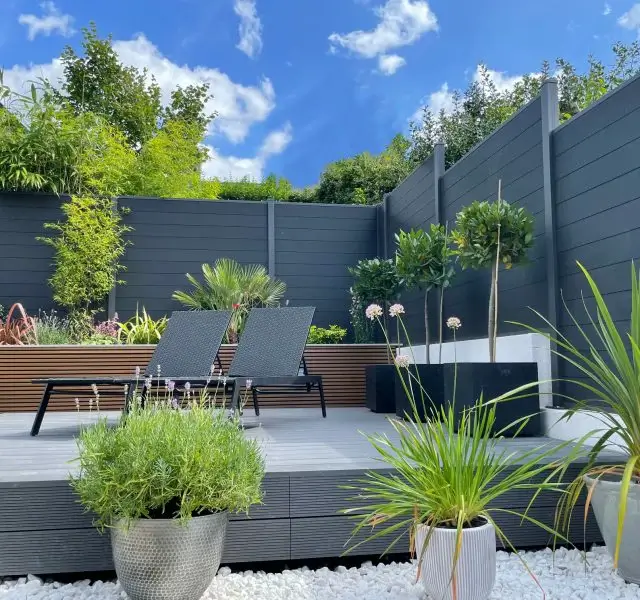What's the difference between a composite, wood, vinyl fence?
×
[PR]上記の広告は3ヶ月以上新規記事投稿のないブログに表示されています。新しい記事を書く事で広告が消えます。
What's the difference between a composite, wood, vinyl fence?
When choosing between a compound vs wood hedge or vinyl, consider the differences in cost, conservation, continuity, and appearance. It’s worth importing the pros and cons of each material before you install a hedge.
Before you buy accouterments, still, we recommend checking with your original megacity, city, or township structure canons to find out if you bear a permit to make a hedge. also, if you live in a casing development, check with your homeowner’s association( HOA) to find out if there are any restrictions on the type of fencing accouterments you can use. For illustration, some HOA exemptions may not allow vinyl fencing and there may be height restrictions that can affect your sequestration fencing.
Once you have the proper information and( if applicable) permits, you’ll be suitable to explore which accouterments work stylish for your requirements.
Composite Fencing
Composite fencing is made from a mix of accouterments that, when fused together in the manufacturing process, produce a material stronger than their factors. WPC privacy fence boards are generally made from recycled plastics, similar to milk cartons and grocery bags, blended with an admixture of sawdust and/ or wood pulp. These accouterments may also be mixed with resins and pressed into molds to produce the final product.
Composite fencing can bring between$ 25 to$ 45 per direct bottom. still, formerly installed, compound fencing requires little to no conservation and offers the look of wood without the scrupulous keep.

Wood Fencing
Wood fencing is cheaper than compound fencing or vinyl but requires significantly further keep. The type of wood you choose impacts your costs greatly as costs can range between$ 10 to$ 20 per direct bottom. For case, a more common wood like pressure-treated pine can put you on the less precious end of the diapason, while more fantastic tropical hardwoods are dear.
While their original cost may be cheaper, the quantum of time spent on maintaining the beauty of natural wood fencing can be a debit. shifting temperatures between downtime and summer can beget the wood to expand and contract, which can crack or chip the wood. These fractures can compromise the structural integrity of your wood, as well as lead to the growth of earth and rot. Wood fencing also needs to be treated,re-stained, and/ or repainted every many times to look stylish.
Vinyl Fencing
Vinyl fencing is easy to install for both professionals and DIYers because it generally has notches that fit together without nails or screws. Vinyl fencing costs between$ 20 to$ 25 per direct bottom, making it amid-priced option between wood and compound fencing. While vinyl fencing is easy to clean, it’s prone to mildew and fading.
Another debit of vinyl fencing is that if a portion is damaged, you’ll need to replace an entire panel as opposed to one or two swaths.
More often than not, the wholesale WPC privacy fence screen will get you a more affordable, high-quality product.
More often than not, the wholesale WPC privacy fence screen will get you a more affordable, high-quality product.
PR
コメント
ただいまコメントを受けつけておりません。
プロフィール
HN:
Judy
性別:
非公開
カテゴリー
最新記事
(06/19)
(05/22)
(06/04)
(04/17)
(04/15)
